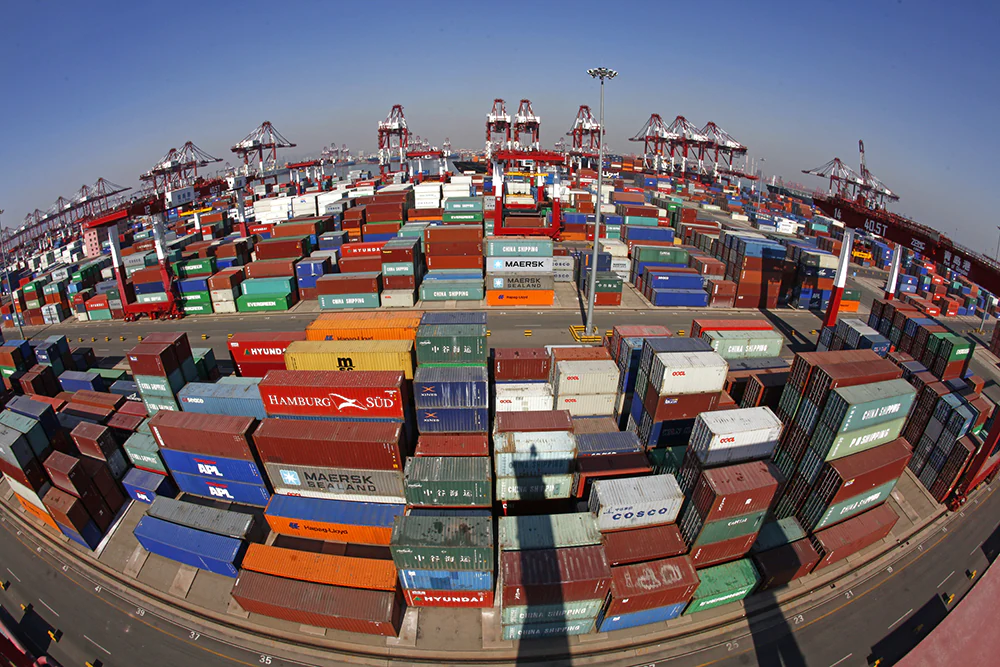
Will New Global Trade Rules and Tariffs Raise Prices for a new Roof in US? Here’s What You Really Need to Know (From a Roofer’s Perspective)
If you’ve been considering installing a new roof on your home, you’ve likely heard the news about tariffs and trade regulations and wondered: Will this cost me more? The short answer is yes – but not in every instance, and there are some silver linings.
Let’s explain it in simple terms, from the perspective of those working on roofs daily.
Yes, Tariffs Are Causing Disruptions.
This year, the government introduced new tariffs affecting nearly every imported good, including the materials we roofers use daily—steel, aluminum, nails, flashing, and even some components for asphalt shingles. As a result, material costs will increase, particularly for metal roofing, which heavily depends on those imports.
We’re already noticing material costs increase in Michigan. It’s not chaos, but it represents a shift. A roof that cost $12,000 last year might now be closer to $13,500 or more, depending on the materials and your location.
In April 2025, the government announced a series of aggressive trade measures known as the “Liberation Day” tariffs. These measures included a universal 10% tariff on all imports and additional country-specific tariffs, some reaching as high as 54% for Chinese goods. Steel and aluminum imports now face a flat 25% tariff, with no exemptions for key suppliers such as Canada or Mexico. Please note that the amount of the tariffs may experience fluctuations; therefore, this information could be outdated when you read this.
For the roofing industry, this is significant. Not only are metal roofing panels and aluminum flashing affected, but also gutters, vents, and even fasteners are impacted. Contractors are already reporting price increases on material costs and cautioning about longer lead times due to supply chain disruptions.
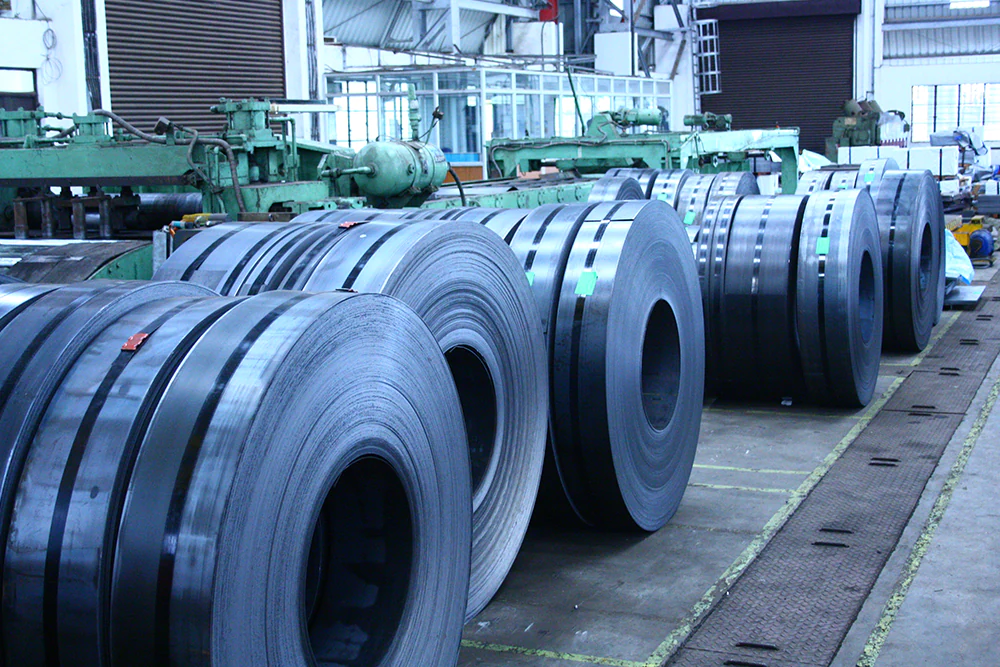
How Much More Will a New Roof Cost?
While exact figures vary by region and material type, the National Association of Home Builders estimates that tariffs have increased the cost of building a new home by approximately $9,200. Specifically for roofing costs, the impact varies based on the materials used.
Metal roofs, which are becoming increasingly popular due to their durability and energy efficiency, are experiencing the steepest increases. A 25% tariff on steel and aluminum can result in thousands of dollars in additional costs for a typical residential roof.
Even asphalt shingles are not immune. Many of the raw materials and components used in shingle production—such as fiberglass mats and certain polymers—are imported and now subject to higher tariffs. This could lead to price increases across the board, no matter which roofing material you select.
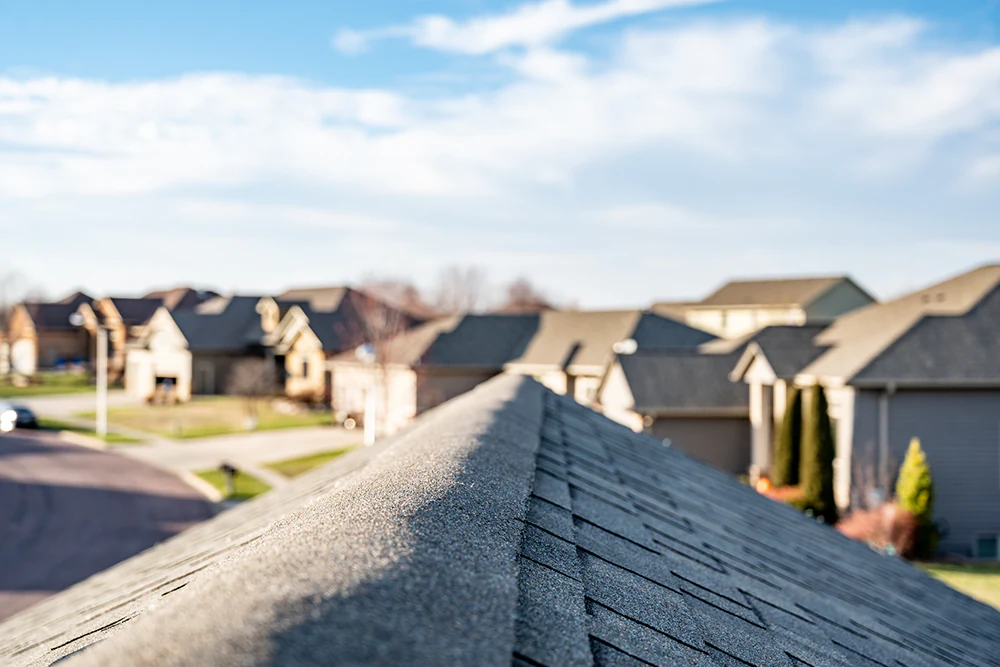
Supply Chain Snarls and Labor Woes
Beyond the tariffs themselves, the broader economic fallout is compounding the problem. Ports are reporting significant drops in cargo shipments from key trading partners, leading to material shortages and project delays. At the same time, a crackdown on undocumented labor is creating workforce shortages in the construction industry, further driving up costs and extending timelines.
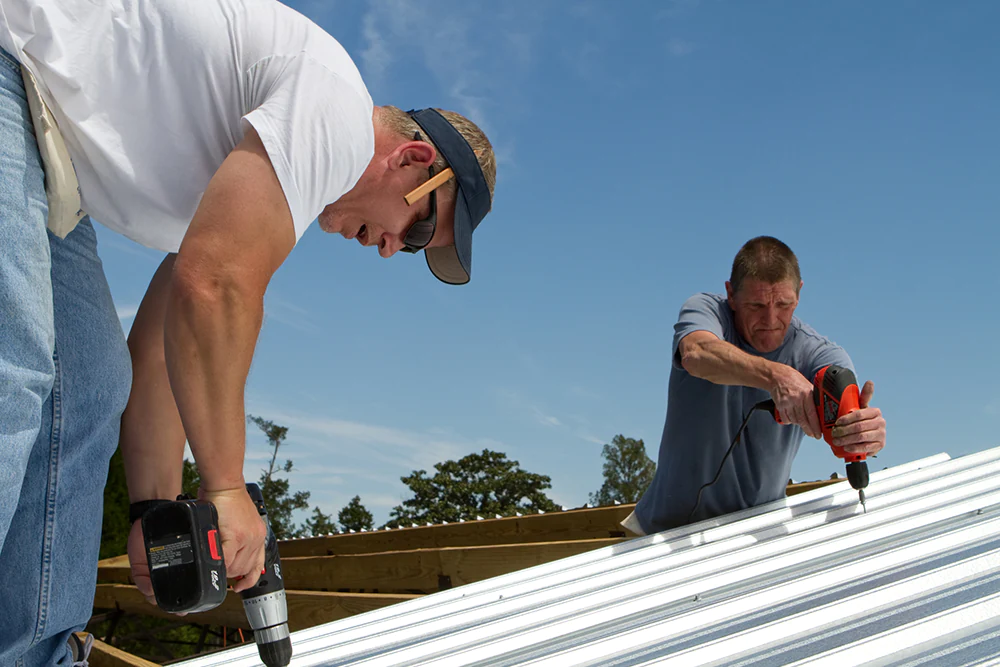
But It’s Not All Bad News
When you hear about rising roofing costs, it’s natural to feel uneasy, especially regarding something as vital and expensive as your roof. But here’s the thing: it’s not all doom and gloom out there.
For one, many U.S. manufacturers anticipated these trade changes/new tariffs, as well as rising costs. Suppliers have been preparing for months by building inventory and looking for ways to reduce their reliance on foreign materials. Some of the largest names in roofing have even increased domestic production, meaning more shingles, panels, and roofing components are now being made right here at home. This is beneficial for availability, price stability, and turnaround time.
Even better, all this focus on American-made materials is already paying off. We’re experiencing fewer shipping delays, and the quality of U.S.-produced products continues to meet (and often exceed) what’s coming from overseas. Although imported goods might carry higher price tags, local materials are starting to balance things out, giving us roofers more flexibility to help you stay on budget for upcoming projects.
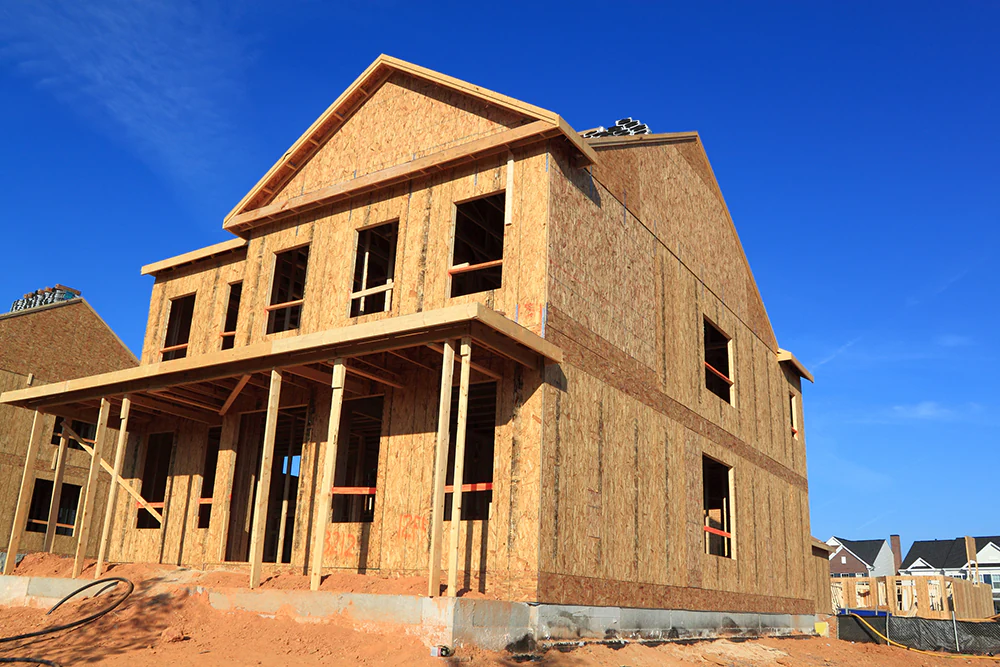
Competition Is Intensifying.
Another positive aspect? Competition is heating up among domestic suppliers. With more roofing companies looking to source locally, manufacturers are improving their offerings—providing promotions, loyalty pricing, or even free delivery deals to keep contractors coming back. We’ve already passed on some of those savings to our customers, which is helping to offset the increases related to tariffs.
Inventions Are Occurring.
Innovation is also underway. Some newer roofing products utilize alternative materials that are unaffected by tariffs. We are observing an increase in composite shingles, recycled rubber roofing, and hybrid materials that offer durability without relying heavily on imported steel or aluminum. These newer options create exciting possibilities for homeowners seeking a high-performing roof that won’t strain their budgets.
So yes, materials cost a little more today—but with more innovative sourcing, domestic production, and new technology, there’s still plenty of opportunity to secure a solid, beautiful roof without overspending. As roofers, we’ve experienced wild fluctuations in the market before, and we know how to navigate them. The key is to work with someone who understands the landscape and can guide you toward options that make the most sense for your home and wallet.
Asphalt Roof? You’re in Better Shape
If you choose a standard asphalt shingle roof—the most popular option for homeowners across the U.S.—you may not feel the effects of tariffs and trade changes as much as someone selecting metal or high-end roofing materials.
Why? Because many major asphalt shingle manufacturers are headquartered and operate right here in the United States. Companies like GAF, CertainTeed, and Owens Corning have large production facilities across the country. This domestic presence means they rely less on international suppliers for raw materials and are less affected by global shipping delays or foreign tariffs.
Sure, these manufacturers aren’t entirely immune to rising costs. Some components—like fiberglass matting, polymers, or specialty coatings—are still imported or affected by broader supply chain challenges. However, overall, the price increases on asphalt shingles have been more modest and stable compared to metal roofing, where imported steel and aluminum face high tariffs.
Additionally, there is increased competition in the asphalt shingle market. Manufacturers diligently work to maintain their market share by keeping prices competitive, offering incentives, and ensuring reliable delivery. This is excellent news for homeowners who want to stay within budget without compromising quality.
Asphalt shingles are a wise, dependable choice if you’re seeking the best value amid market volatility. They are cost-effective and come in a wide variety of colors and styles today, boasting enhanced durability and energy efficiency compared to older generations.
In short, if your roof needs replacing and you’re watching the numbers closely, asphalt shingles provide a reliable option—without the sticker shock.
If you are considering installing a new roof this summer, now is the time to do it before prices rise even more.

What Can Homeowners Do?
If you’re in the market for a new roof, here are a few strategies to mitigate the impact:
Act Quickly: Prices are expected to keep rising as the full effects of the tariffs ripple through the supply chain.
Consider Alternative Materials: While metal roofs are particularly affected, other materials may offer more stable roofing prices in the short term.
Obtain several estimates: Costs can differ widely among contractors, so it’s advisable to compare options.
Plan for Delays: Given supply chain disruptions and labor shortages, projects may require more time than usual to complete.
What Are We Telling Customers?
Here’s our advice, straight from the ladder:
Don’t panic, but also don’t wait too long. Prices probably won’t drop anytime soon. Replacing your roofing system sooner rather than later could save you money.
Be open to options. Many great roofing materials are available. If metal roofing is beyond your budget, we can discuss alternatives that provide long-lasting protection and curb appeal.
We’ve got your back. A good roofing contractor knows how to work with different budgets and material options. We’ll help you find a solution that works for your home, without cutting corners.
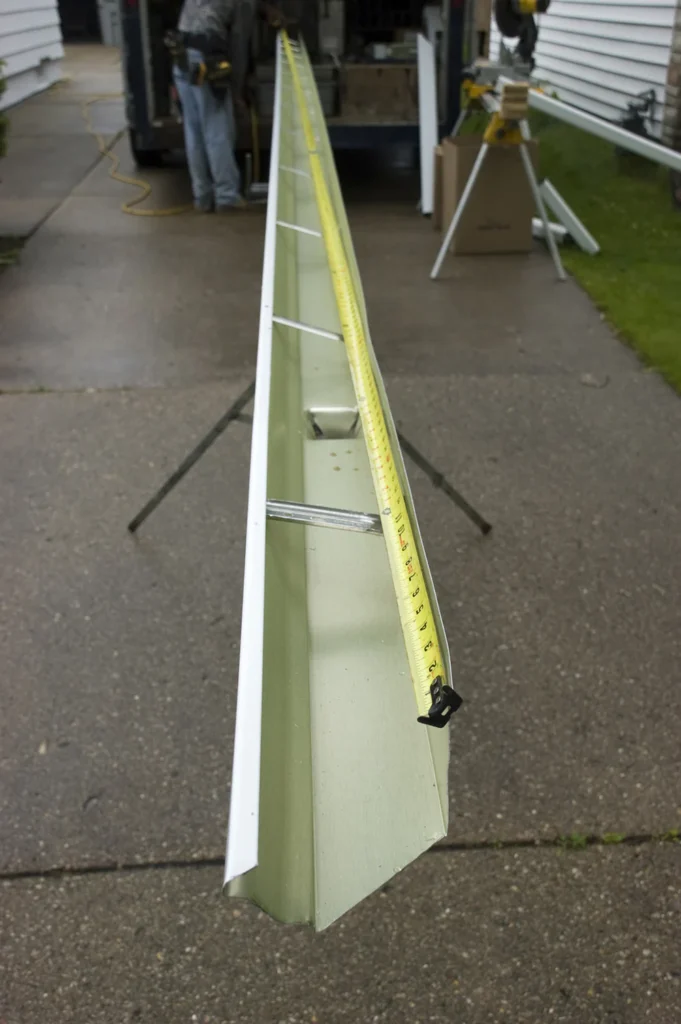
The Roofing Industry Bottom Line
Yes, global trade changes are pushing roofing prices up – but not so much that you should cancel your plans. If your roof needs replacing, it’s still a solid investment in your home. And with more U.S.-made materials hitting the market, the long-term outlook isn’t all doom and gloom.
From one roofer to a homeowner: we’ve faced storms tougher than this. With some planning and the right team, you can still get an excellent roof at a fair price.
Want a free quote or a second opinion on the most sensible roofing materials right now? Just give us a call; we’re happy to help.